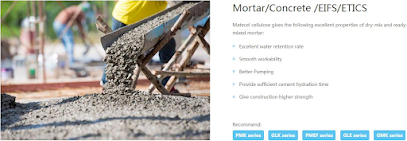Things You Should to Know About HDPE Piping
1. HDPE piping is perfect for demanding applications.
HDPE piping is perfect for high-demand projects because of its durability and excellent temperature, chemical and impact resistance. For example, HDPE piping is a great choice for projects involving fire system supply lines, water, sewer and gas mains, and electrical and communications wiring and cabling.
In fact, HDPE pipelines have a long history of use in the oil, mining and gas industries because they transport chemicals, wastewater, compressed gases, slurries and hazardous waste. After all, pipes are rust-resistant, corrosion-resistant, chemically and UV-resistant, immune to bacteria and less likely to leak.
In addition, in addition to being durable, HDPE is surprisingly flexible and lightweight, making it easier to transport and install than other materials. This not only makes these pipes and fittings easier (and safer) to use, but it also reduces the time and labor required to install them.

2. HDPE pipe is ideal for drainage systems.
No matter what type of drainage application you need, HDPE drainage systems are the ideal choice. These HDPE pipes and fittings are manufactured to the latest industry standards. In addition, they can be assembled with electrofusion, butt joint, flange or rubber ring fittings.
When you choose an HDPE drainage system from a quality, reputable plastics manufacturing company, you'll find that it can resist chemicals and high temperatures, as well as be flexible and low-noise.
Because of these properties, these HDPE drainage systems are especially well suited for residential and industrial buildings, laboratories, hospitals and hotels.
3. HDPE pipe and fittings rarely require maintenance.
In addition to all the other benefits this material offers, HDPE pipe and fittings have the lowest annual maintenance rate compared to other piping materials. This should come as no surprise, as HDPE is tough, strong and very durable.
So whether your priorities are long-term service, ease of installation, flexibility, chemical resistance or sustainability, you can be sure that HDPE piping and fittings will meet all your requirements.
4. HDPE fittings are also ideal for a variety of projects.
In many cases, your project may require both piping and fittings. In both cases, HDPE is the ideal material because HDPE fittings are also considered to be highly reliable. In fact, HDPE fittings are critical for piping that carries high-pressure fluids. For this reason, HDPE fittings are commonly used for projects related to mining, irrigation and municipal drinking water facilities.
Because they are used for a wide range of projects, there are more than 12 different styles of HDPE fittings. This means that no matter what your project, you should be able to find the HDPE fittings you need; however, custom fittings can also be made for you.
Some of the HDPE fitting types available include bend mold applications (pipeline, gas and potable water projects), reducer applications (engineering, industrial and construction projects), long neck applications (structural, gas and hydraulic projects) and wafer butterfly valve applications (liquid and gas projects)
Similar to HDPE pipe, there are a range of sizes of HDPE fittings on the market. The size of fitting you need will depend on the size of the pipe it is connected to (typically between 20 mm and 650 mm).

评论
发表评论